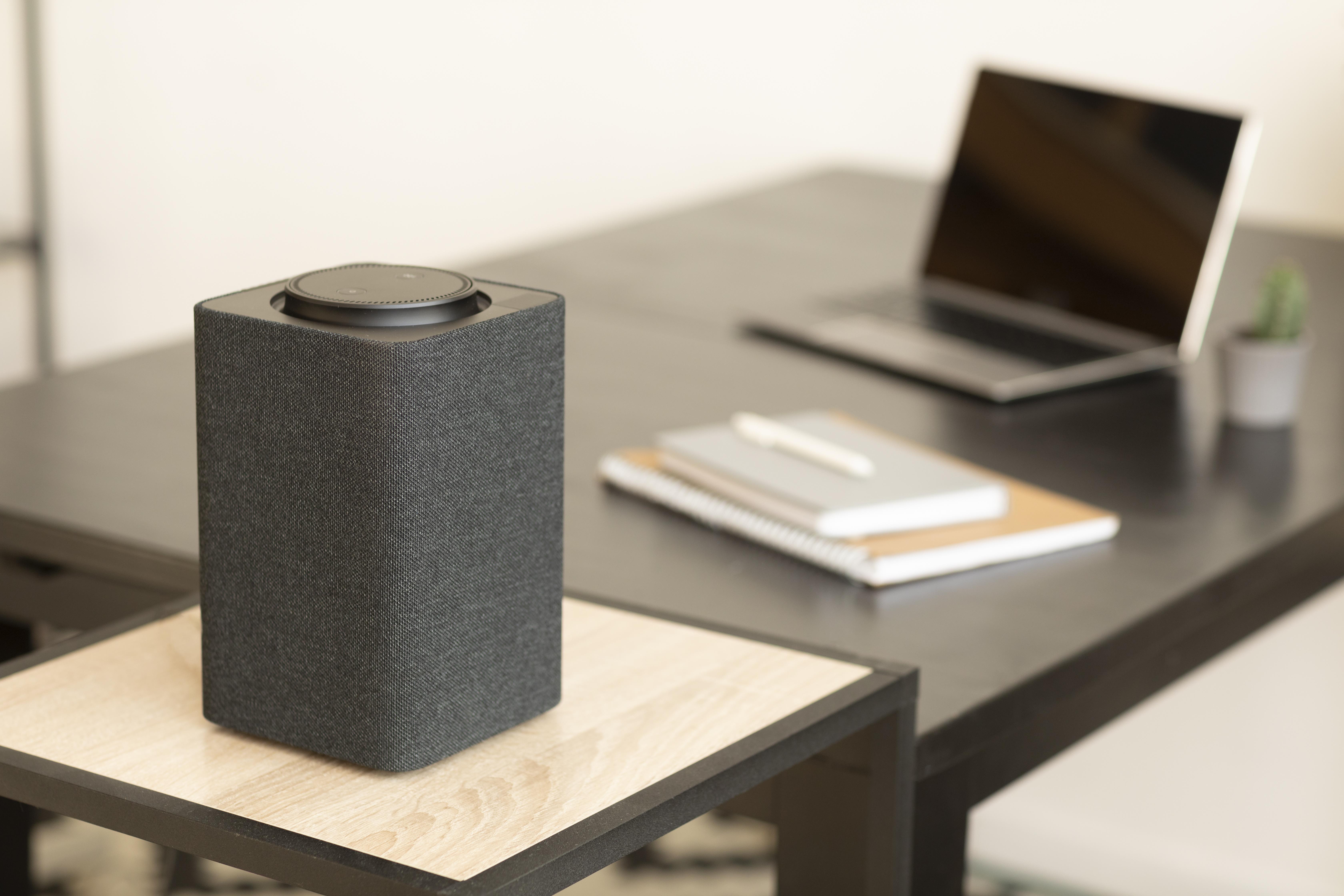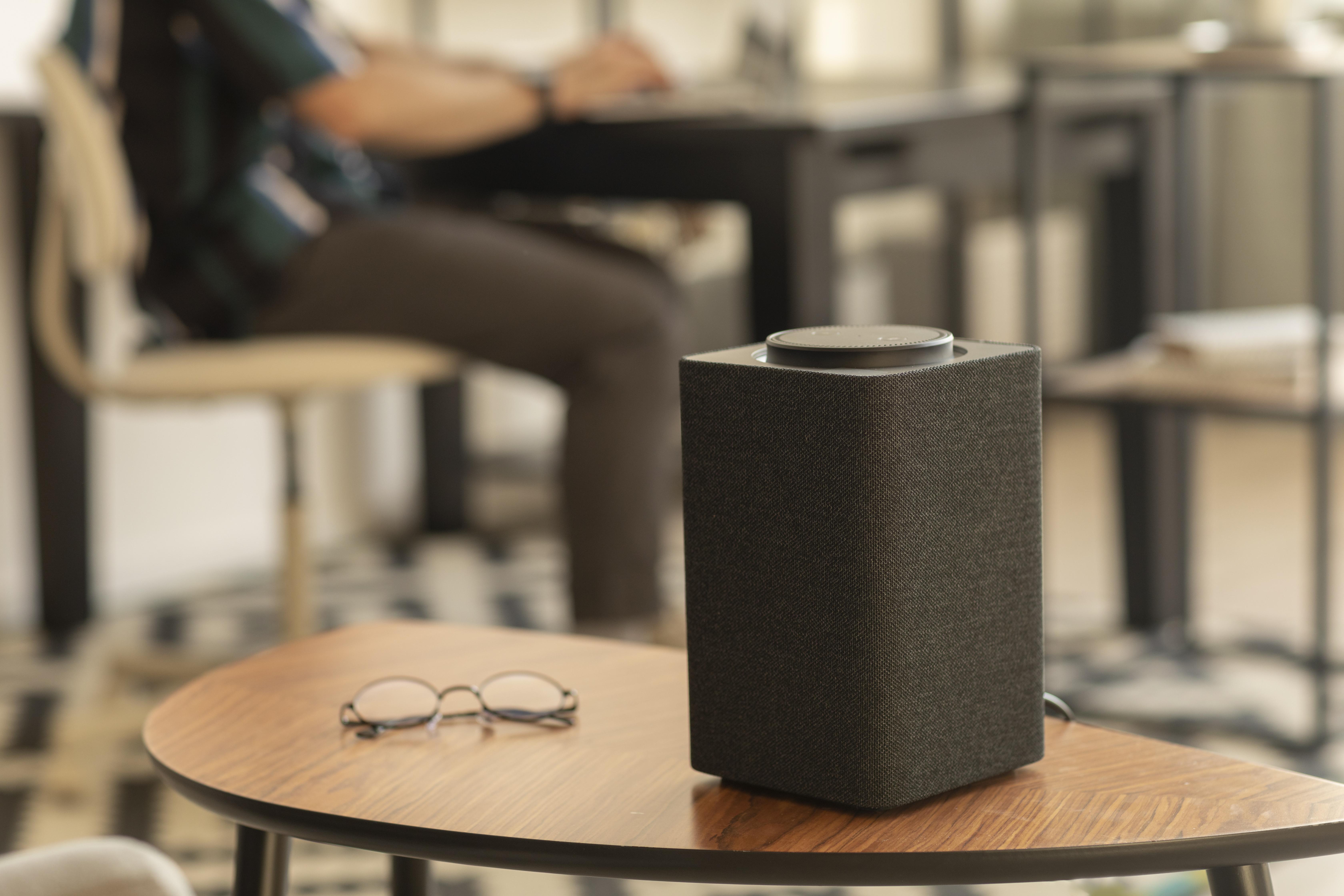TL;DR
This guide focuses on identifying the best conference speakerphones for startups, addressing diverse needs across different team types and operational scenarios. It evaluates models suitable for general startup use, tech startups requiring precision and tool integration, software teams in agile cycles, as well as portable and wireless options for on-the-go or flexible workspaces. Each product is analyzed for its strengths, weaknesses, and compatibility with common tools, with a focus on scalability for growing teams. The guide also includes comparative insights, practical recommendations, and frequently asked questions to assist startups in selecting a device that enhances communication, reduces frustration, and supports team alignment, ultimately contributing to long-term success.
Introduction: Why Startups Need a Reliable Conference Speakerphone
“Did you catch that last point?”
“Sorry, the audio’s breaking up.”
“Can someone repeat what the investor just said?”
If these lines sound familiar, your startup’s communication tool is failing you. In the startup world, every chat, pitch, or brainstorm is a make-or-break moment. A recent study by EPOS revealed that 95% of modern workers experience audio pain points which impact concentration and efficiency. Fuzzy calls don’t just annoy—they derail decisions, delay launches, and dilute your edge.
A standout conference speakerphone fixes this. It turns “What did they say?” into “Got it, let’s move.” It makes remote devs feel in the room, investors hear your passion, and teams sync without friction. For startups, it’s not just a device—it’s the bridge between chaos and clarity. As Forbes pointed out in a report on startup essentials, a reliable communication setup, including a quality conference speakerphone, can boost team productivity by up to 30%.
This guide? Your map to finding that bridge. Whether you’re a tech squad, software team, or always-on-the-go founders, we’ve got the fit.

The Best Conference Speakerphone for Startup Companies
Startups come in all shapes and sizes, but they share a common need: a conference speakerphone that can grow with them. The best options here are versatile, easy to use, and adaptable to changing team sizes.
Anker PowerConf S500
The Anker PowerConf S500 is a standout for general startups. Its plug-and-play design means no time wasted on setup—critical for teams juggling multiple tasks. It syncs seamlessly with Zoom, Slack, and Microsoft Teams, the backbone of startup communication. With 6 microphones covering 360 degrees, it picks up voices clearly in small to medium rooms up to 8 people.
Pros:
● Budget-friendly (under $100)
● 12-hour battery life for all-day meetings
● Compact design fits small work-spaces
Cons:
● Limited range (best for rooms under 200 sq ft)
● No daisy-chain capability for larger teams
Jabra Speak 510
The Jabra Speak 510 is another solid choice, favored by startups for its durability. It’s built to withstand the chaos of shared workspaces, with a rugged exterior that resists scratches and drops. Its 360-degree microphone array works well in huddle rooms, and it pairs with both computers and smartphones via Bluetooth or USB.
Pros:
● Lightweight (185g) for easy portability
● 15-hour battery life
● 16-Compatible with 10+ communication platforms
Cons:
● Bluetooth can lag in crowded Wi-Fi environments
● Mute button is small and easy to miss
Nearity A20S
For startups planning to expand, the Nearity A20S offers a unique advantage. Designed for scalability, it uses daisy-chain technology to connect up to 6 units via Ethernet, making it suitable for rooms with up to 30 people. Its 8 MEMS microphones capture voices from 16.5ft away, and AI-powered noise cancellation cuts through background chatter—ideal for growing teams that need to upgrade from small huddles to large meetings without replacing their equipment.

The Best Conference Speakerphone for Tech Startup Companies
Tech startups thrive on precision—whether discussing code, debugging, or presenting to clients. Their speakerphones need to handle technical jargon clearly, integrate with specialized tools, and perform in noisy tech environments (think open offices with server hums).
Poly Sync 20+
The Poly Sync 20+ is engineered for tech teams. Its noise-canceling technology targets and eliminates high-frequency sounds like keyboard clicks and fan noise, ensuring that even complex technical explanations aren’t drowned out. It integrates with GitHub, Figma, and Jira, allowing seamless transitions from meetings to project updates.
Pros:
● Works with macOS, Windows, iOS, and Android
● 20-hour battery life for marathon coding sessions
● Advanced audio encryption for secure discussions
Cons:
● Pricier ($199) than basic models
● Requires firmware updates for full tool integration
Logitech MeetUp
For tech startups hosting hybrid meetings (in-person + remote), the Logitech MeetUp is a game-changer. It combines a 4K camera with a high-performance speakerphone, making remote team members feel present during demos or architecture reviews. Its 12-foot microphone range covers large conference rooms, and it auto-frames groups to keep everyone in view.
Pros:
● 120-degree field of view for large teams
● Integrates with Zoom Rooms and Microsoft Teams Rooms
● Easy to manage via Logitech’s admin dashboard
Cons:
● Expensive ($799) for early-stage startups
● Requires professional installation for optimal placement
Comparison Table: Tech Startup Top Picks
Feature | Poly Sync 20+ | Logitech MeetUp |
Price | $152.99 | $699 |
Best For | Small to medium tech teams | Large hybrid meetings |
Noise Cancellation | Advanced (cuts keyboard noise) | Basic (focuses on voices) |
Tool Integration | GitHub, Figma, Jira | Zoom Rooms, Teams Rooms |
Battery Life | 20 hours | N/A (wired) |
Top Conference Speakerphone for Software Startup Teams
Software teams live in agile cycles—daily stand-ups, sprint planning, and code reviews demand a speakerphone that keeps up with rapid, frequent communication. Reliability and clarity are non-negotiable.

Yealink CP900
The Yealink CP900 is a favorite among software startups. Its 360-degree microphone array with 10-foot coverage ensures everyone in the room is heard, even during heated debates about code structure. It integrates with Trello and Asana, letting teams assign tasks directly from meetings.
Pros:
● Durable design (survives drops from 3ft)
● One-touch recording for later review of decisions
● Supports up to 8 simultaneous speakers
Cons:
● Bulky (hard to transport for off-site meetings)
● Limited Bluetooth range (only 33ft)
Konftel 300W
The Konftel 300W uses OmniSound 360 technology to deliver consistent audio, critical for remote developers joining stand-ups. It’s compatible with a range of softphones, including RingCentral and Vonage, making it flexible for teams using multiple communication tools.
Pros:
● Compact enough for small home offices
● 24-hour battery life for back-to-back meetings
● Easy to clean (important for shared workspaces)
Cons:
● Microphones struggle in rooms with hard surfaces (echoes)
● Setup is less intuitive than plug-and-play models

Portable Conference Speakerphone for Startups
Startups with remote teams, co-working spaces, or frequent off-site pitches need a speakerphone that’s easy to carry without sacrificing quality. Portability here means lightweight, long battery life, and resilience to travel.
Bose SoundLink Micro
The Bose SoundLink Micro is a portable powerhouse. Weighing just 295g, it fits in a backpack and delivers surprisingly clear audio for its size. Its waterproof design (IP67 rating) survives coffee spills or rainy commutes, a bonus for on-the-go teams.
Pros:
● 6-hour battery life (15-minute charge = 2 hours use)
● Built-in carabiner for attaching to bags
● Pair two units for stereo sound in larger impromptu spaces
Cons:
● Limited range (best for 3-4 people)
● No mute button—must use software controls
Sony SRS-XB13
The Sony SRS-XB13 is ideal for startups that travel frequently. Its 16-hour battery life outlasts full days of conferences, and its dustproof/waterproof build (IP67) handles rough treatment. It connects via Bluetooth 5.2, reducing dropouts in busy areas like convention centers.
Pros:
● Ultra-light (240g)
● Extra bass for clearer voice projection in noisy places
● Multi-point connection links to phone and laptop
Cons:
● Sound can distort at max volume
● No USB-C charging (uses micro-USB)
Pros and Cons of Portable Options
Speakerphone | Key Strengths | Key Weaknesses |
Bose SoundLink Micro | Waterproof, compact, quick-charge | Small range, no physical mute button |
Sony SRS-XB13 | Long battery life, multi-point connection | Distorts at high volume, micro-USB port |
Wireless Conference Speakerphone for Startups
Wireless speakerphones free startups from cords, enabling flexible meeting setups—whether in a co-working hot desk, a team member’s living room, or a pop-up office. They need stable connections and easy pairing.
Samsung Level Pro
The Samsung Level Pro uses dual Bluetooth and Wi-Fi connectivity, ensuring a stable link even in crowded networks. Its 30-foot range lets teams move around during brainstorming sessions, and it supports two devices at once (e.g., switch from laptop presentation to phone call).
Pros:
● Fast pairing (3 seconds via NFC)
● 18-hour battery life
● Voice control for hands-free operation
Cons:
● Expensive ($249)
● Wi-Fi setup requires IT support for some networks
LG XBoom Go PL7
The LG XBoom Go PL7 is a budget-friendly wireless option. It connects via Bluetooth 5.0, with a 65-foot range that covers large open spaces. Its built-in handle makes it easy to pass around during meetings, and it doubles as a music speaker for team celebrations.
Pros:
● Affordable ($89)
● 24-hour battery life
● LED indicators for connection status
Cons:
● Noise cancellation is basic (struggles in cafes)
● No app integration for advanced controls

Conclusion: Choosing the Right Conference Speakerphone for Your Startup
Selecting the perfect conference speakerphone depends on your startup’s unique rhythm. For lean, growing teams, the Anker PowerConf S500 offers unbeatable value. Tech startups should lean toward the Poly Sync 20+ for its tool integration and noise cancellation. Software teams will appreciate the Yealink CP900’s durability and task-management sync.
If your startup is always on the move, the Bose SoundLink Micro balances portability and performance. For wireless flexibility, the Samsung Level Pro’s range and stability shine. And for those scaling quickly, options like the Nearity A20S show how adaptability can future-proof your communication setup—growing from small huddles to large meetings without skipping a beat.
Investing in the right device isn’t just about better calls; it’s about fostering collaboration, reducing frustration, and keeping your team aligned—all critical for startup success. As Inc. Magazine noted in a piece on the company growth, effective internal and external communication is one of the top five factors contributing to a long-term viability.
FAQs: Conference Speakerphones for Startups
Q: How do I know if a speakerphone will work in my office space?
A: Check the microphone range and room size recommendations. For open offices, prioritize noise cancellation. For glass-walled rooms, look for de-reverberation features like the Nearity A20S.
Q: Can I use a portable speakerphone for large team meetings?
A: Most portable models work best for 3-5 people. For larger groups, consider scalable options that can expand (e.g., daisy-chain capable devices).
Q: Do wireless speakerphones have latency issues?
A: Modern models with Bluetooth 5.0+ or Wi-Fi have minimal latency, but wired options are still better for real-time collaborations like code reviews.
Q: How much should I spend on a conference speakerphone?
A: Startups can find reliable options for $50-$150. Invest more ($200+) if you need advanced features like tool integration, scalability, or long-range microphones.
Q: What’s the difference between USB and Bluetooth speakerphones?
A: USB offers more stable connections, while Bluetooth provides flexibility. Some models, like the Jabra Speak 510, offer both.
Q: Can speakerphones integrate with my project management software?
A: Many high-end models integrate with tools like Jira, Trello, and Asana. Check the product specs for compatibility before purchasing.
Q: How important is battery life for a conference speakerphone?
A: It depends on usage. For all-day meetings or off-site work, aim for 10+ hours. Wired models are fine for fixed office setups.
Q: Are there speakerphones designed for hybrid teams?
A: Yes—options like the Logitech MeetUp combine audio and video for a more immersive experience, making remote members feel included.
Q: What maintenance do conference speakerphones need?
A: Wipe microphones regularly to avoid dust buildup, update firmware for new features, and store portable models in protective cases to prevent damage.
Q: Can I test a speakerphone before buying?
A: Many brands offer 30-day return policies. Take advantage of this to test the device in your actual office environment—noise levels and room size can affect performance.








